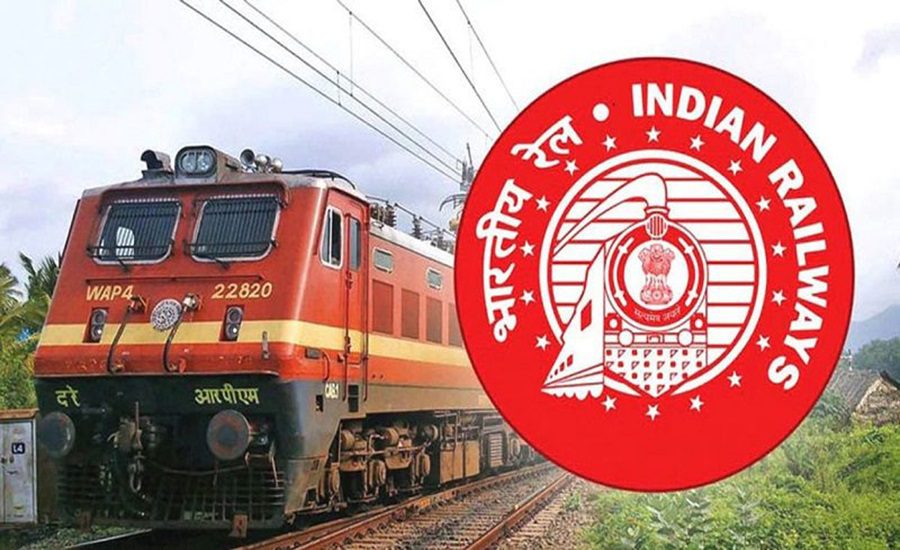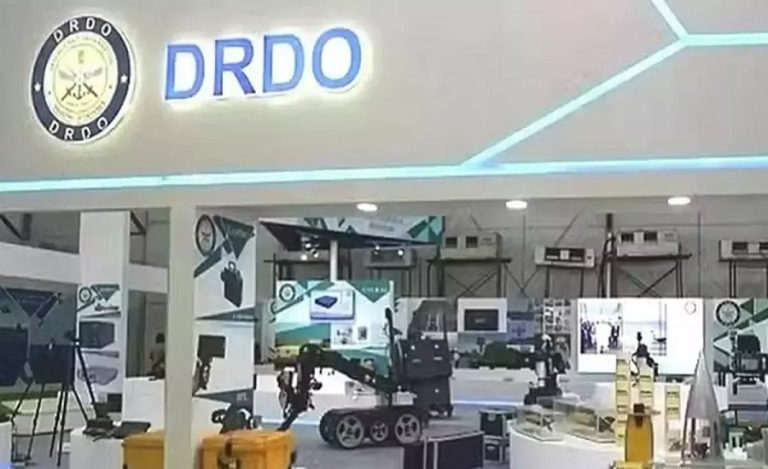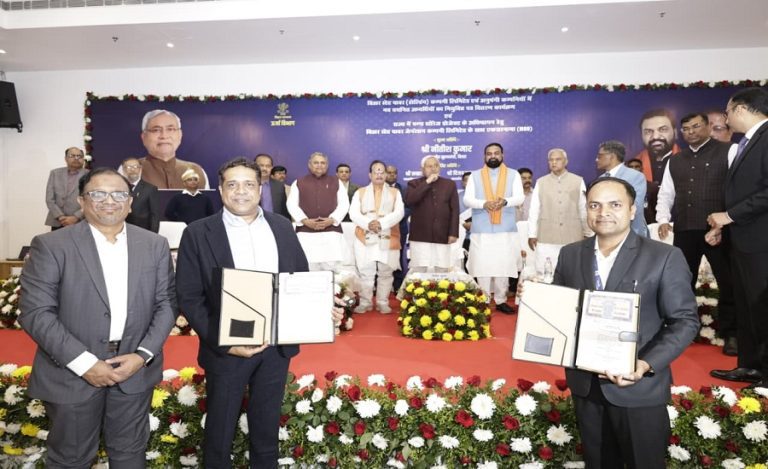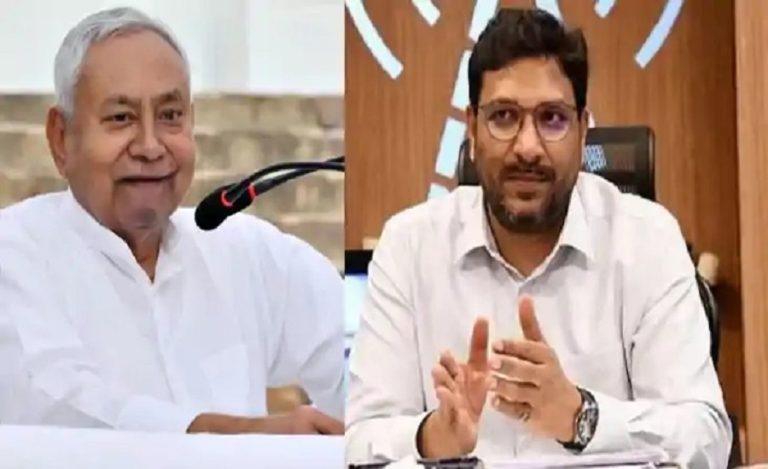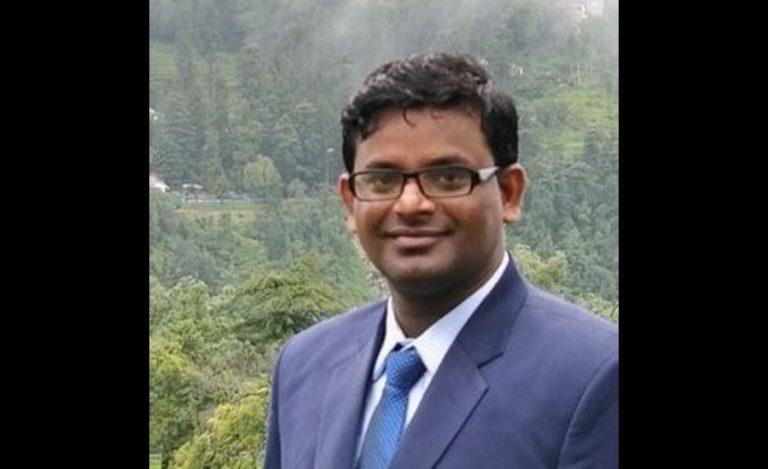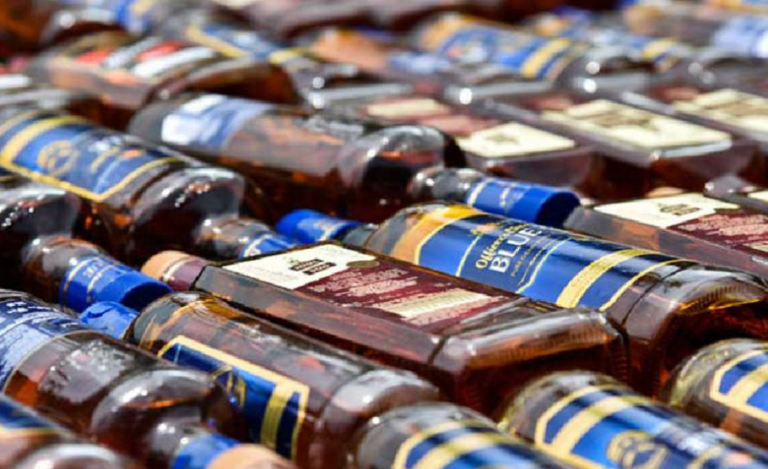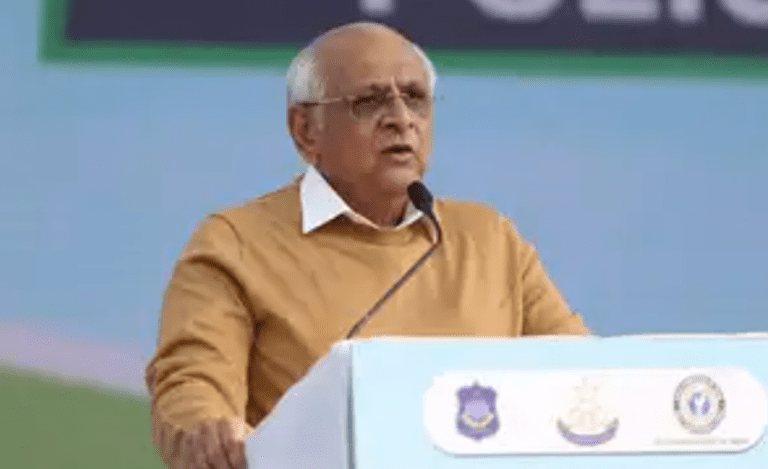New Delhi: Indian Railways is undergoing one of the most ambitious modernisation programmes in its history, marked by massive infrastructure expansion and cutting-edge technological upgrades aimed at revolutionizing the country’s transportation landscape.
Union Railway Minister Ashwini Vaishnaw outlined the remarkable progress made over the last 11 years under Prime Minister Narendra Modi’s leadership at the International Railway Equipment Exhibition 2025 (IREE) in New Delhi.
Massive Infrastructure Expansion: Tracks, Electrification, and Coaches
Vaishnaw revealed that Indian Railways has constructed 35,000 kilometres of new railway tracks and electrified 46,000 kilometres over the past decade. Simultaneously, nearly 40,000 new coaches were manufactured, greatly enhancing India’s capacity to deliver safe, efficient, and sustainable passenger services.
“The last 11 years have seen a strong focus on modernising Indian Railways, and the results are phenomenal,” the minister said, highlighting visible transformation across the network.
Progress on India’s First Bullet Train Project
A key highlight is the development of India’s first bullet train, with 325 kilometres of track already completed. The minister recently visited Surat and Bilimora stations, which will be part of the first operational section expected to launch in 2027.
This project symbolizes the nation’s leap toward high-speed rail connectivity, promising faster travel times and world-class services.
Expanding the Modern Train Fleet
India’s modern train fleet continues to grow, now featuring:
- 156 Vande Bharat Express trains
- 30 Amrit Bharat Express trains
- 4 Namo Bharat trains
Looking ahead, the government aims to build around 7,000 kilometres of dedicated passenger corridors by 2047 as part of the Viksit Bharat vision, enabling faster and more reliable rail services to meet the demands of a growing population.
Next-Generation Vande Bharat 4.0 and Amrit Bharat 4.0
At the core of the modernisation push is the upcoming Vande Bharat 4.0, designed to surpass global standards in comfort, speed, and technology. The new trains will include upgraded toilets, improved seating, superior coach workmanship, and state-of-the-art passenger amenities. The rollout is targeted within the next 18 months.
Currently, Vande Bharat 3.0 accelerates from 0 to 100 kmph in 52 seconds, outperforming many international trains. Vaishnaw stated that the new version will elevate performance even further.
Similarly, Amrit Bharat trains will transition to Amrit Bharat 4.0, featuring push-pull locomotive technology and redesigned coaches. New-generation passenger locomotives are expected to be ready for testing within 36 months.
Focus on Safety: Kavach Automatic Train Protection System
On the safety front, the indigenous Kavach 4.0 automatic train protection system has been approved for large-scale deployment across the network. Development is underway on Kavach 5.0, designed to support trains traveling up to 350 kmph, bolstering safety for high-speed rail services.
Green Mobility Milestone: Indigenous Hydrogen-Powered Train
Vaishnaw also announced the successful development of a 2400-horsepower hydrogen-powered train, designed and manufactured entirely in India. The government plans to rely on homegrown technology for this project, marking a significant milestone in India’s commitment to sustainable and green mobility solutions.
Commitment to Quality and Global Standards
Reiterating the government’s emphasis on quality and safety, the minister warned suppliers against compromising standards, stating that non-compliant vendors could face blacklisting.
“Railways must procure the best in the world to meet the expectations of modern India,” Vaishnaw said.
Vision for a Global Railway Conference
Praising the Confederation of Indian Industry (CII) for organizing IREE, Vaishnaw urged scaling up the exhibition to surpass Germany’s InnoTrans event.
“India deserves a bigger global railway conference and exhibition covering every aspect of transportation – from technology and design to software and high-speed networks,” he said.
Looking Ahead: Transforming India’s Railways for the Future
With major strides in infrastructure expansion, advanced technology adoption, safety enhancement, and sustainability, Indian Railways is poised for a transformative leap. The ambitious projects underway aim not only to meet India’s vast domestic mobility needs but also to position the country as a global leader in modern rail systems.

